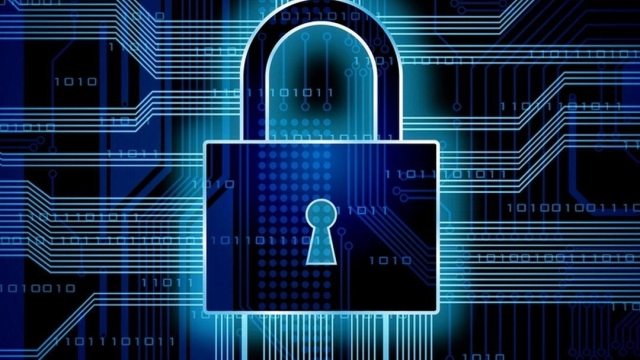
In today’s digitally connected world, the significance of cyber security has never been this pressing. As the rise of digital transactions, social media interactions, and remote work, our personal and career lives are ever more connected with technology. Such a shift creates numerous opportunities for convenience and advancement, but it also opens the gates to various cyber risks that can impact anyone, whether or not they have their technical expertise.
While cyberattacks continue to evolve in sophistication, the responsibility for ensuring cybersecurity cannot be placed solely on IT teams or specialized professionals. Instead, it is crucial to recognize that each individual has a role to play in safeguarding their online presence and the broader community. From people safeguarding their personal information to companies encouraging safe practices among employees, a unified effort is necessary in building a robust defense against online crime. By encouraging a culture of awareness and vigilance, we can create a secure digital environment for everyone.
Understanding Cybersecurity Principles
Cyber Security is the practice of safeguarding computers, networks, and content from unapproved intrusion, larceny, and harm. It includes a wide variety of tools and approaches engineered to secure content and uphold the wholeness and privacy of content. As we increasingly rely on online services for communication, financial transactions, and individual engagements, comprehending cyber security becomes crucial for everyone.
At its foundation, cybersecurity entails diverse strategies and tools intended at avoiding online threats. These hazards can range from malicious software and fraudulent attempts attacks to personal information theft and information leaks. Organizations utilize firewalls, antivirus programs, and data encryption to protect against these risks, but people must also take proactive measures to protect their personal information online.
Instructing ourselves about cyber security not only aids in defending our individual information but also helps to the overall security of the online community. Practicing safe web practices, such as creating robust passwords, setting up 2FA, and staying vigilant with email attachments, plays a key function in preventing online threats. Ultimately, everyone has a part to play in fostering a safe online space.
Common Risks and Weaknesses
In the current digital world, individuals and organizations face a range of internet safety threats. Phishing attacks are among the most prevalent, where cybercriminals use misleading emails or messages to deceive users into providing sensitive information such as credentials or financial details. These attacks are often disguised as legitimate communications, making them particularly dangerous and difficult to identify. Awareness and alertness are key to identifying such threats before they can inflict damage.
Another critical threat is malware, which includes viruses, invasive programs, and lockers. Malware can infiltrate devices through multiple channels, such as malicious downloads or hacked websites. Once executed, it can capture data, endanger systems, or keep information captive until a ransom is paid. Regular software updates and strong antivirus solutions are crucial to protecting against malware, but training for users is just as important to prevent accidental installations.
Lastly, vulnerable passwords remain a prominent vulnerability in cybersecurity. Many individuals still use unsecure passwords or duplicate them across multiple accounts, leaving them exposed to breaches. Robust, unique passwords combined with two-factor authentication can significantly lower this risk. Encouraging a environment of password security and following best practices can enhance overall cybersecurity awareness and preparedness across all levels of an organization.
Encouraging a Cybersecurity-First Culture
Establishing a climate of data security within an enterprise requires engagement from employees at every level. It begins with management setting a concise standard that protection is a primary concern. When senior leaders exemplify safe practices and articulate the value of data safety, it incentivizes employees to prioritize security. Consistent training and honest discussions about possible threats can aid cultivate an atmosphere where all individuals feels responsible for defending private data.
To also improve a protection-oriented culture, businesses should implement incentive schemes that reward team members for exhibiting good cybersecurity practices. Rewarding those who identify suspicious activities or follow strong password protocols not only drives team members but also fosters an environment of awareness. Additionally, providing security tools and resources readily available enables employees to take proactive steps in their daily operations, ensuring that data protection becomes an integral part of their workflow.
Cybersecurity Classes
Finally, cultivating open lines of communication is vital for a strong security culture. Team members should feel safe addressing cybersecurity matters or notifying security breaches without worry of penalty. Creating confidential reporting systems and offering timely responses can strengthen trust within the company. When all staff understands that data protection is a collective responsibility, it becomes integrated in the organization’s values, leading to a more resilient defense against cyber threats.

